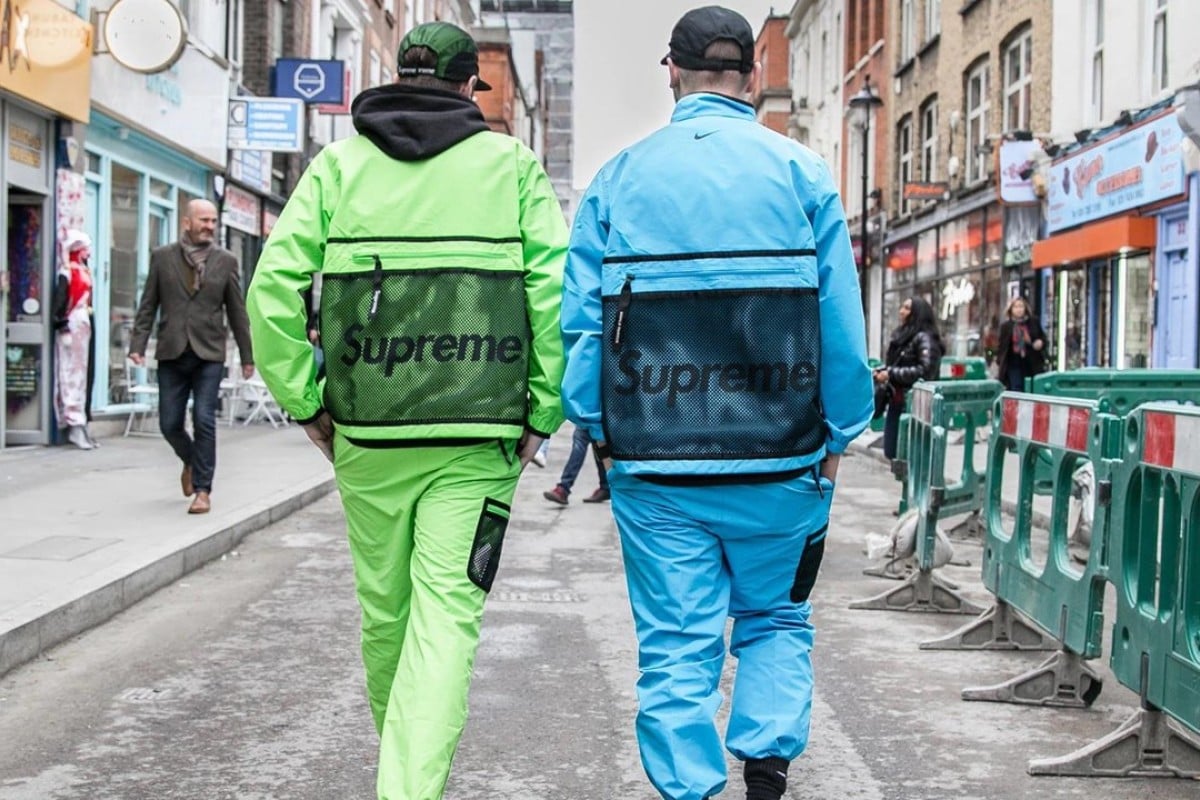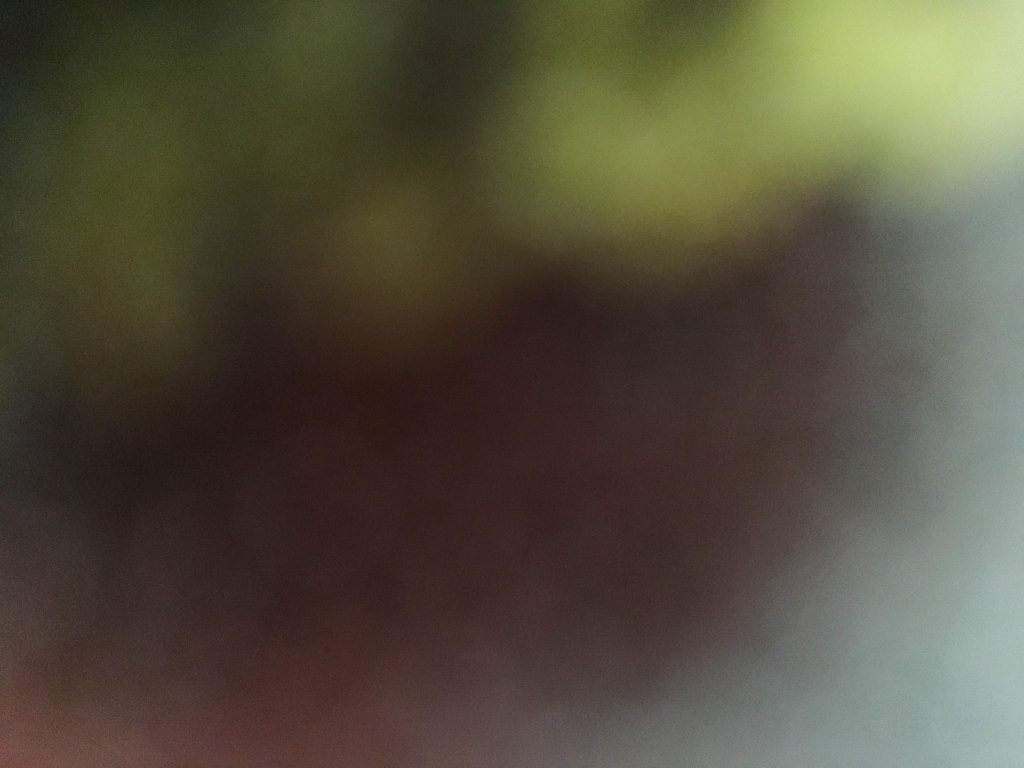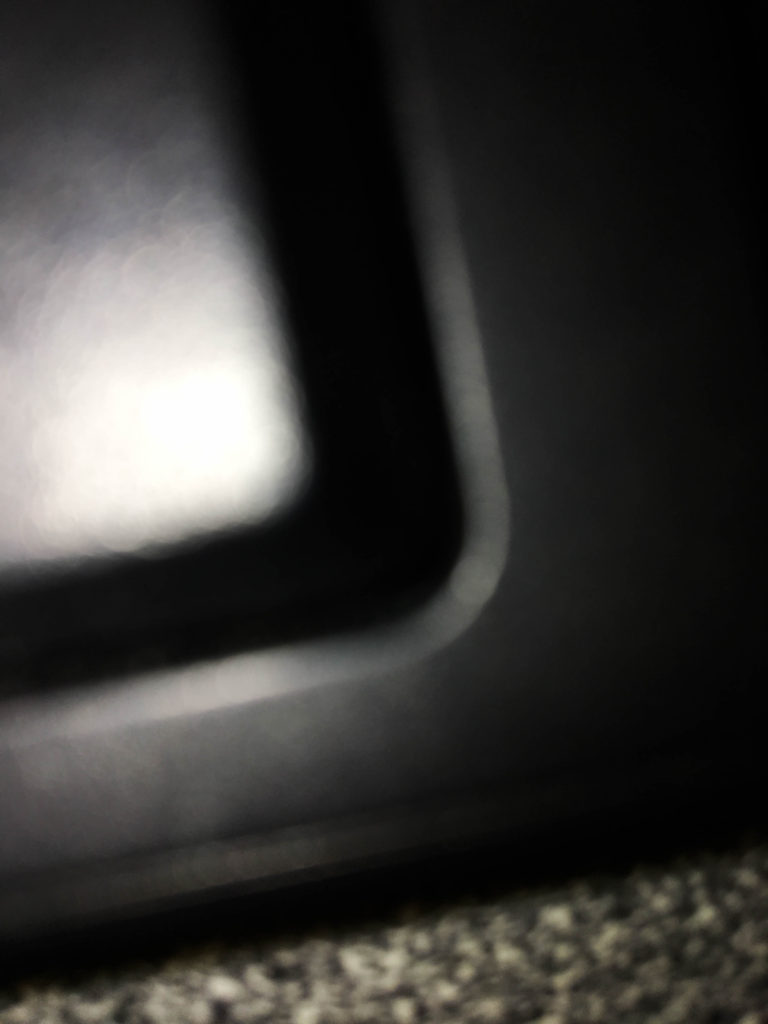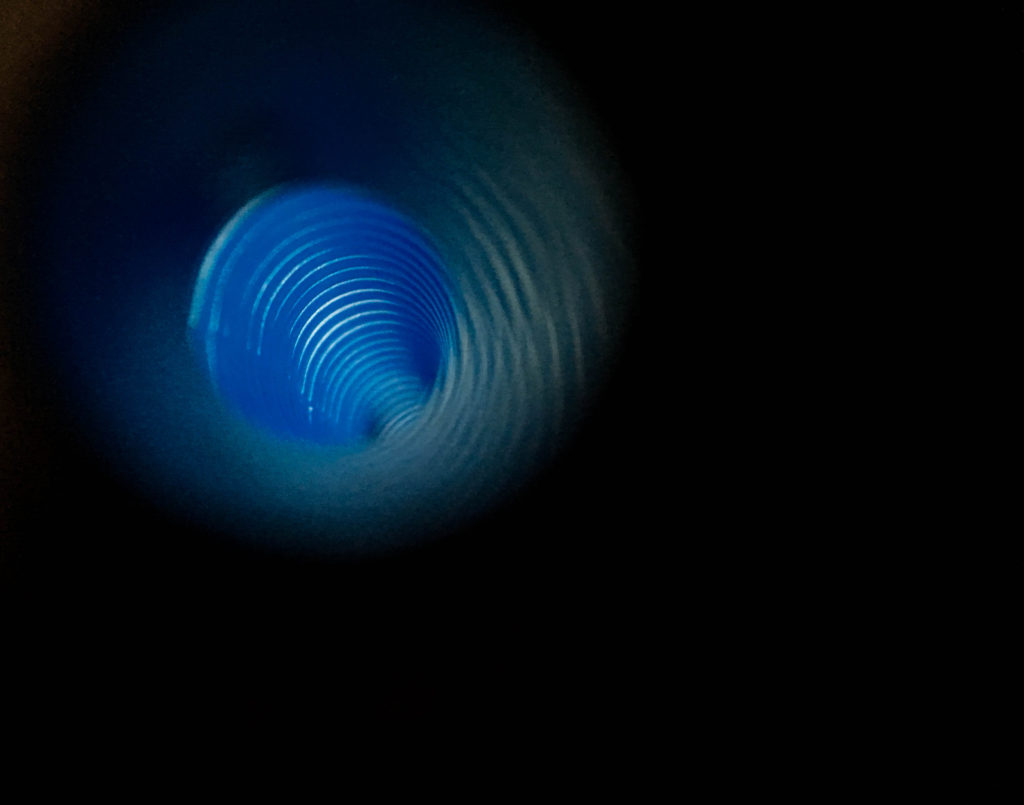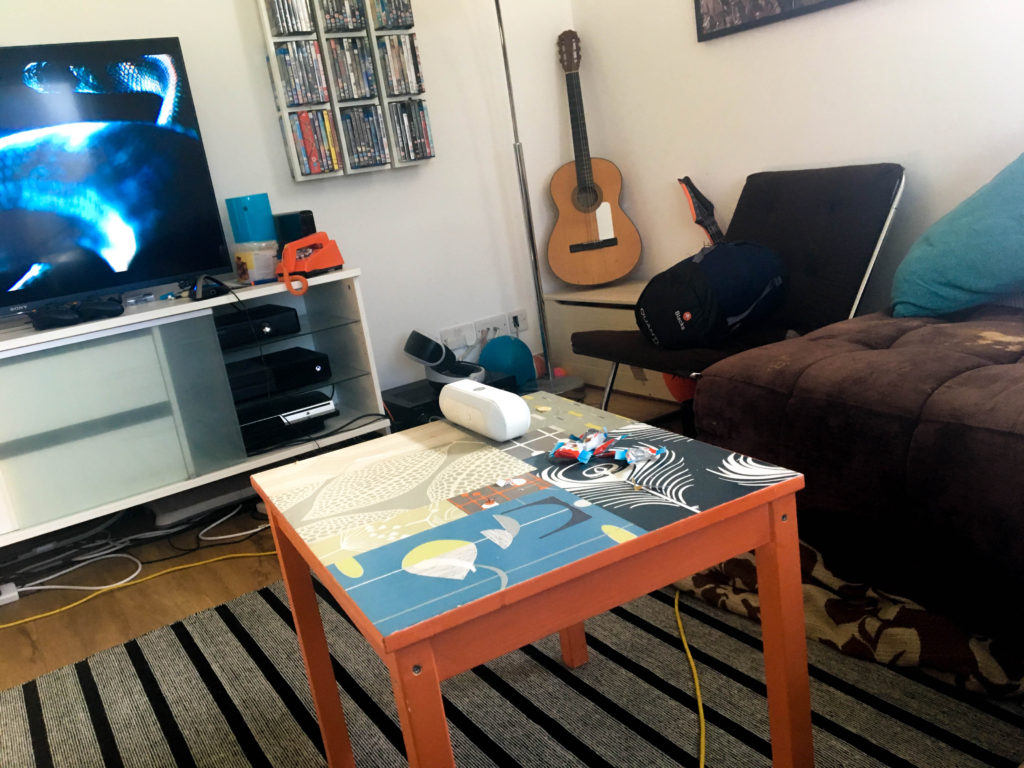Following on from your first task of Rule Breaking your next task is write your own manifesto with a set of rules that you follow creatively in making a new set of photographic images, experimental film-making or video art.
A manifesto is a published verbal declaration of the intentions, motives, or views of the issuer, be it an individual, group, political party, government or an artistic movement.
In etymology (the study of the origin of words and the way in which their meanings have changed throughout history), the word manifesto is derived from the Italian word manifesto, itself derived from the Latin manifestum, meaning clear or conspicuous.

Political manifestos from Britains three main parties, Labour, the Conservatives and Liberal Democrats in the last election in 2017.
Here a few examples of manifestos made by Jersey politicians

Manifesto by Senator Lyndon Farnham

Futurism Manifesto written by the Italian poet Filippo Tommaso Marinetti was published in the French newspaper Le Figaro in 20 February 1909. In the manifesto Marinetti expresses an artistic philosophy, Futurism, that was a rejection of the past, and a celebration of speed, machinery, violence, youth and industry.
MANIFESTO OF FUTURISM
- We intend to sing the love of danger, the habit of energy and fearlessness.
- Courage, audacity, and revolt will be essential elements of our poetry.
- Up to now literature has exalted a pensive immobility, ecstasy, and sleep. We intend to exalt aggressive action, a feverish insomnia, the racer’s stride, the mortal leap, the punch and the slap.
- We affirm that the world’s magnificence has been enriched by a new beauty: the beauty of speed. A racing car whose hood is adorned with great pipes, like serpents of explosive breath—a roaring car that seems to ride on grapeshot is more beautiful than the Victory of Samothrace.
- We want to hymn the man at the wheel, who hurls the lance of his spirit across the Earth, along the circle of its orbit.
- The poet must spend himself with ardor, splendor, and generosity, to swell the enthusiastic fervor of the primordial elements.
- Except in struggle, there is no more beauty. No work without an aggressive character can be a masterpiece. Poetry must be conceived as a violent attack on unknown forces, to reduce and prostrate them before man.
- We stand on the last promontory of the centuries!… Why should we look back, when what we want is to break down the mysterious doors of the Impossible? Time and Space died yesterday. We already live in the absolute, because we have created eternal, omnipresent speed.
- We will glorify war—the world’s only hygiene—militarism, patriotism, the destructive gesture of freedom-bringers, beautiful ideas worth dying for, and scorn for woman.
- We will destroy the museums, libraries, academies of every kind, will fight moralism, feminism, every opportunistic or utilitarian cowardice.
- We will sing of great crowds excited by work, by pleasure, and by riot; we will sing of the multicolored, polyphonic tides of revolution in the modern capitals; we will sing of the vibrant nightly fervor of arsenals and shipyards blazing with violent electric moons; greedy railway stations that devour smoke-plumed serpents; factories hung on clouds by the crooked lines of their smoke; bridges that stride the rivers like giant gymnasts, flashing in the sun with a glitter of knives; adventurous steamers that sniff the horizon; deep-chested locomotives whose wheels paw the tracks like the hooves of enormous steel horses bridled by tubing; and the sleek flight of planes whose propellers chatter in the wind like banners and seem to cheer like an enthusiastic crowd.
In 1924 French Poet, Andre Breton published a Surrealist Manifesto which sets out specific terms on which to be creative and make art as a reaction against another art movement, Dadaism.

POEM
A burst of laughter
of sapphire in the island of Ceylon
The most beautiful straws
HAVE A FADED COLOR
UNDER THE LOCKS
on an isolated farm
FROM DAY TO DAY
the pleasant
grows worse
coffee
preaches for its saint
THE DAILY ARTISAN OF YOUR BEAUTY
MADAM,
a pair
of silk stockings
is not
A leap into space
A STAG
Love above all
Everything could be worked out so well
PARIS IS A BIG VILLAGE
Watch out for
the fire that covers
THE PRAYER
of fair weather
Know that
The ultraviolet rays
have finished their task
short and sweet
THE FIRST WHITE PAPER
OF CHANCE
Red will be
The wandering singer
WHERE IS HE?
in memory
in his house
AT THE SUITORS’ BALL
I do
as I dance
What people did, what they’re going to do
An example of a poem published as part of Breton’s Surrealist manifesto.
Tasks
1. Research and read at least one political manifesto and one manifesto from an artistic group or movement. Describe differences and similarities used in their use of language, metaphor and vision – 1 blog posts.
2. Analysis: from your chosen artistic manifesto, choose at least two key art works for further analysis that have been made as response to the rules/ aims/ objectives of the manifesto. Describe techniques used, interpret meaning/metaphor, evaluate aesthetic quality – 1-2 blog posts.
3. Planning: Write a manifesto with a set of rules (5-10) that provide a framework for your new shoots and overall project. Describe in detail how you are planning on developing your work and ideas in the next two weeks. Think about what you want to achieve, what you want to communicate, how your ideas relate to the themes of FREEDOM and/or LIMITATIONS – 1 blog post.
4. Record: Produce at least one shoot by Mon 12 March.
5. Experiment: Edit a selection of 5 images with annotation – 1 blog post.
6. Evaluate: Choose your best image and evaluate with reference to your manifesto and contextual references – 1 blog post.
7. Present: Print best image and prepare a 1 min presentation Wed 14 March in class around the table.
Extension: Write a new set of rules and repeat the above process.
Help & Support:
See link to manifesto in Wikipedia which has a hyperlinks to many manifestos, both political and artistic.
How to write a manifesto? Read more here
A manifesto is a statement where you can share your…
– Intentions (what you intend to do)
– Opinions (what you believe, your stance on a particular topic)
– Vision (the type of world that you dream about and wish to create)
See book: The Photographer’s Playbook on page 45 and David Campany’s: What to Photograph?

Here are class lists of what to photograph?
Class 13 A
Class 13 D
Class 13 E
Political Manifestos – in Jersey
Political parties makes a manifesto that sets out their political values and views on issues such as education, health, jobs, housing, environment, the economy etc and pledge a set of policies on what they would do if they got elected.
As there will be an election in Jersey during the exam preparation and the fact that you are all eligible to vote it makes sense to explore what manifestos exist in local politics. Unlike the UK, Jersey doesn’t have a political system with large parties, such as Labour, Conservative, Liberal Democrats and so on.
The parliamentary body responsible for adopting legislation and scrutinising the Council of Ministers is the Assembly of the States of Jersey. Forty-Nine elected members, 8 island-wide Senators, 29 Deputies and 12 Constables representing each parish sit in the assembly. There are also five non-elected, non-voting members appointed by the Crown (the Bailiff, the Lieutenant Governor, the Dean of Jersey, the Attorney General and the Solicitor General). Decisions in the States are taken by majority vote of the elected members present and voting.
Find out more here on the official Government website: gov.je
In Jersey there is only one small political party Reform Jersey (3 members). Some politicians, such as Senator Philip Ozouf, Senator Lyndon Farnham publish a manifesto in advance of an election so that the public can learn about their political views. Hustings in each Parish will be taken place during the month of April leading up to the election day 9 May 2018.
Artistic Manifestos
Here is a a list of art movements that you may use as contextual research. Many of them produced various manifestos
Dadaism, Futurism, Surrealism, Situationism, Neo-dadaism, Land/Environmental art, Performance art/Live art, Conceptualism, Experimental filmmaking/ Avant-garde cinema.
Here are a list of artists/ photographers that may inspire you associated with the above art movements and isms:
Vito Acconci, John Baldessari, Yves Klein, Bas Jan Ader, Erwin Wurm, Chris Arnatt, Richard Long, Hamish Fulton, Joseph Beuys, Chris Burden, Francis Alÿs, , Sophie Calle , Nikki S Lee, Claude Cahun, Dennis Oppenheim, Bruce Nauman, Allan Kaprow, Mark Wallinger, Gillian Wearing, Marcel Duchamp and the Readymade, Andy Warhol’s film work, Steve McQueen, Sam Taylor-Johnson, Marina Abramovic, Pipilotti Rist, Luis Bunuel/ Salvatore Dali: , Le ChienAndalou, Dziga Vertov: The Man with a Movie Camera
A few Youtube clips
Gillian Wearing: Dancing in Peckham
Mark Wallinger: Hymn
Luis Bunuel/ Salvatore Dali: Un Chien Andalou
Marcel Duchamp: Ready-mades


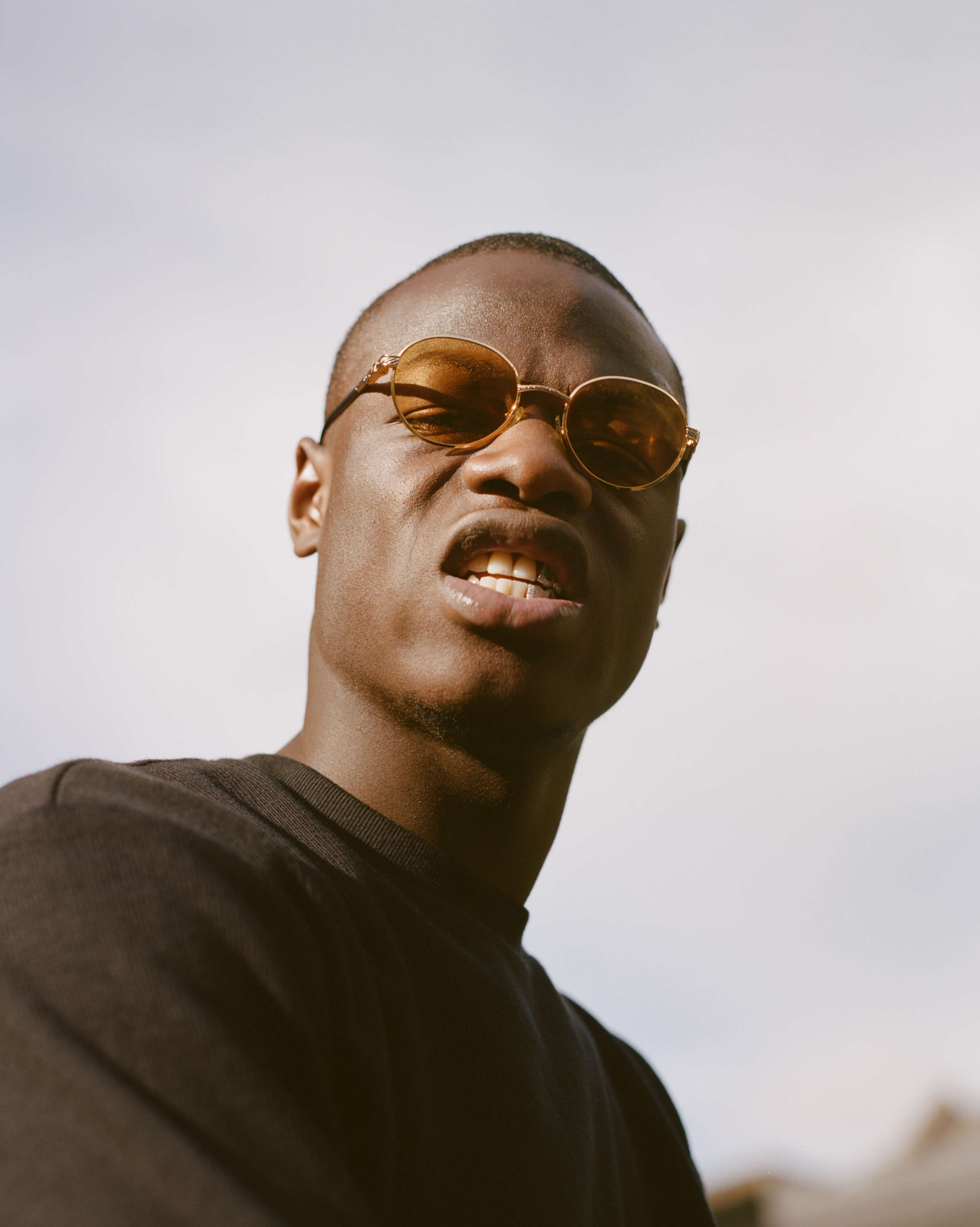

![Image result for vicky grout skepta]](http://factmag-images.s3.amazonaws.com/wp-content/uploads/2016/02/Shutdown-Video-Shoot.jpg)


